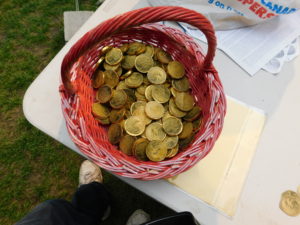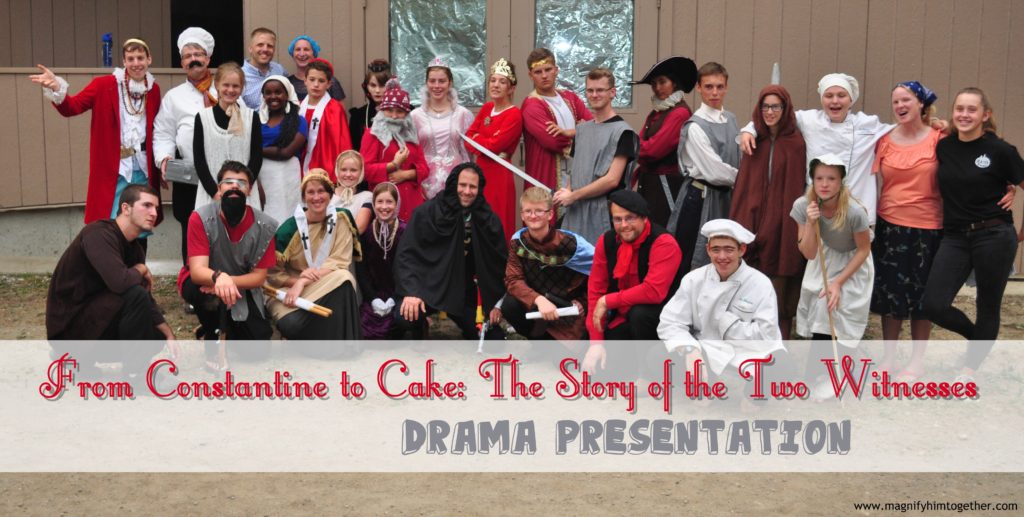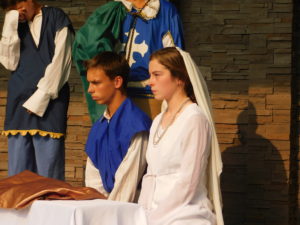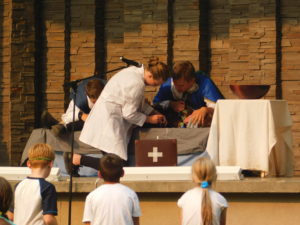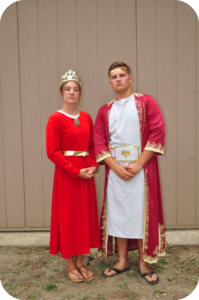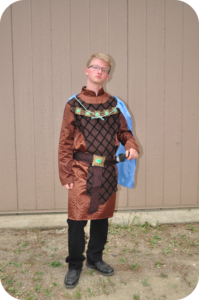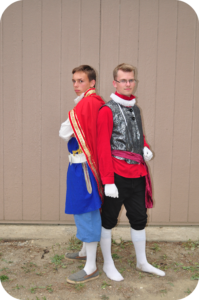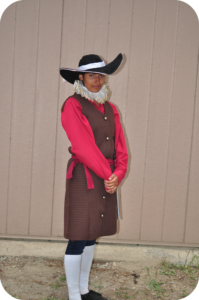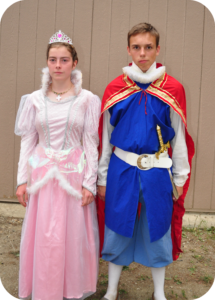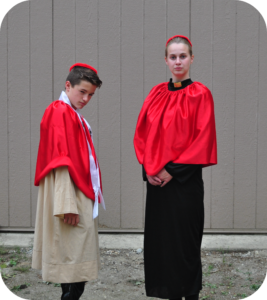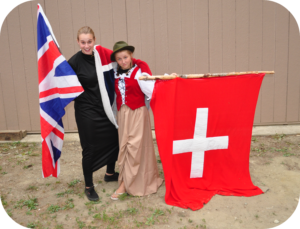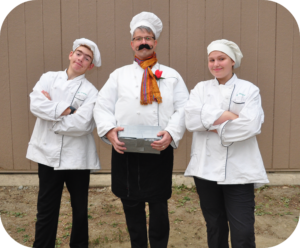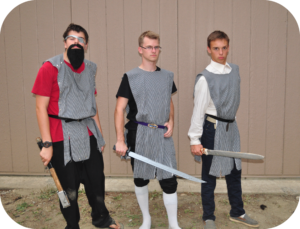This historical drama presentation covers the time period from Constantine’s Council of Nicea in 325 B.C. through the St. Bartholomew’s Day Massacre in 1572. It is part of a series of drama presentations based on the book of Revelation. It follows Dragon Slayers: Warriors for God (to be posted Spring 2019) and comes before A Revolution without a Head: Still Feeling the Aftershocks.
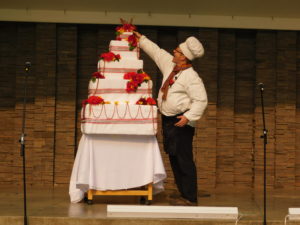 The story is told through the eyes of a French Baker in the courts of the King of France. Although humour is added at times to counter-balance the seriousness of the presentation, no comedy was intended to be portrayed in the death of the men and women who died at the hands of the Catholic system. Although we tried to portray characters and events historically (and Biblically) accurate, parents may want to preview the drama presentation before allowing younger children watch it.
The story is told through the eyes of a French Baker in the courts of the King of France. Although humour is added at times to counter-balance the seriousness of the presentation, no comedy was intended to be portrayed in the death of the men and women who died at the hands of the Catholic system. Although we tried to portray characters and events historically (and Biblically) accurate, parents may want to preview the drama presentation before allowing younger children watch it.
Running Length: 54 minutes
Number of roles: 45 plus stage hands – many small roles can be played by the same actors
This is a link to the drama presentation

This PDF document is the script.
This PDF document is the roles and costume list.
This PDF document is the prop list.
This PDF document is the gold coins to be used as props.
Historical Background
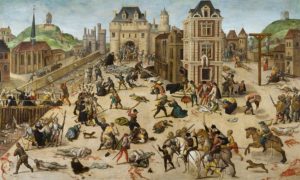
The play begins at the council of Nicea where Emperor Constantine declared all those who don’t support the doctrine of the trinity to be heretics. The “heretics” that Constantine exiled from his kingdom would stand in opposition to the evils of the apostate church for the next 1260 years. While not always faithful to the gospel of Christ, this group of witnesses recognized the evils of the Catholic system and came to the defense of the true followers of the Lord Jesus while opposing the harlot system.
For 1260 years this power struggle continued, finally climaxing in the most Catholic country in the world – France. France had been given the title “firstborn son of the Church,” and for many years had used its military might to enforce Catholic laws and fight the Pope’s wars. Over time more and more French men and women had read their Bibles and realized that the Catholic Church needed a radical cleansing of its impurities.
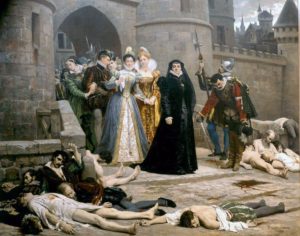
As Rev. 11 tells us, the witness power finished their testimony, and in an attempt to bring peace to a war-torn country, a peace treaty was made; Henry, king of Navarre, (a Protestant) agreed to marry the king’s sister – Marguerite de Valois, (a Catholic).
During their marriage celebration, enemies of the Huguenots played on the King’s fears and convinced him to allow a surprise attack on the leaders of the Huguenots. This attack soon spiraled into a mass uprising of the passionately Catholic people of Paris. Overnight, normal people – blacksmiths, laundrywomen, perfumers and even some bakers – turned into monsters intent on slaughtering every last man, woman and child within the city who professed to be a Protestant.
The people of France were never able to forget the terrible crime they committed. As Revelation 11 says, the dead bodies lay in the streets of the city as a constant reminder of the deaths of those who fought for a God-fearing Monarchy and a cleansed Church.
For more information on Revelation 11 and the Biblical significance of the St. Bartholomew’s Day Massacre we encourage you to listen to Bro. Steve Hornhardt’s Revelation classes. These can be found at Christadelphian Bible Talks or by clicking the links below.
Powerpoint presentations are also available at Christadelphian Bible Talks.
Behold I Come; Blessed is He that Watcheth Class 2: I will give power unto my 2 witnesses
Behold I Come; Blessed is He that Watcheth Class 3: And They Stood upon their Feet
